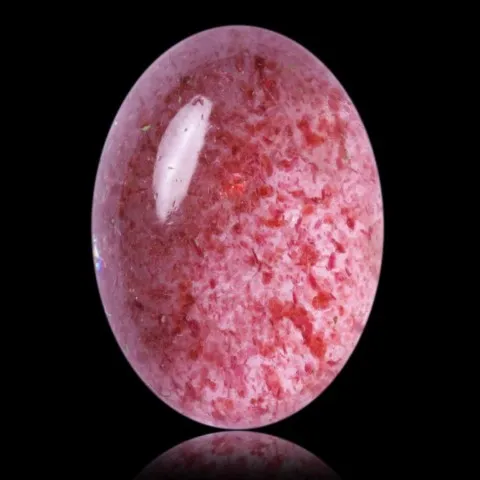PIEMONTITE
Class : Silicates
Subclass : Sorosilicates
Crystal system : Monoclinic
Chemistry : Ca2(Mn,Fe)Al2(SiO4)3(OH)
Rarity : Very common
Piemontite is a metamorphic silicate common in greenschist and amphibolite facies rocks, sometimes blueschists, as well as in metamorphic manganese deposits where it appears during late hydrothermal phases. It is also a mineral of hydrothermal alteration of veins, pegmatites and certain acidic to intermediate lavas. Piedmontite is a manganiferous silicate from the epidote group with which it forms a continuous series by replacement of iron by manganese. Chemically quite complex, it can admit significant quantities of strontium and rare earths, supporting the hypothesis of a complete solid solution with manganiferous allanite. It owes its name to its region of discovery : Italian Piedmont. Piemontite is found in lamellar or acicular prismatic crystals reaching 8 cm, striated according to elongation. Its color varies from carmine red to wine red brown and reddish black. The piemontite schists of New Zealand constitute an aesthetic rock used in ornamentation. Quartz with piemontite inclusions are also cut for jewelry.
Main photo : Piemontite from Castagnola, Tuscany, Italy © Gianandrea Ghirri
Piemontite in the World
Twinning
A twin is known on {100} and sometimes lamellar.
Fakes and treatments
No fakes listed for this mineral species.
Hardness : 6 to 6.5
Density : 3.46 to 3.54
Fracture : Irregular
Streak : Red
TP : Translucent to opaque
RI : 1.725 to 1.832
Birefringence : 0.025 to 0.076
Optical character : Biaxial +
Pleochroism : Visible
Fluorescence : None
Solubility : Hydrochloric acid
Magnetism : ParamagneticRadioactivity : None





